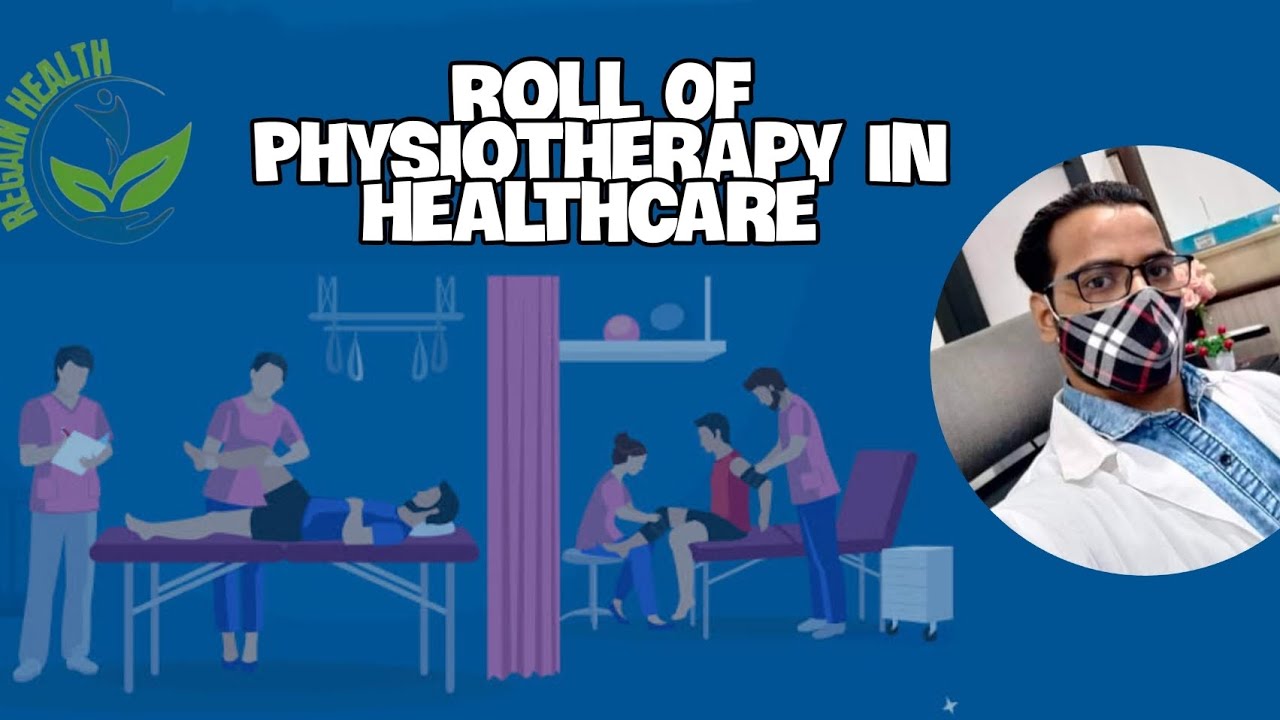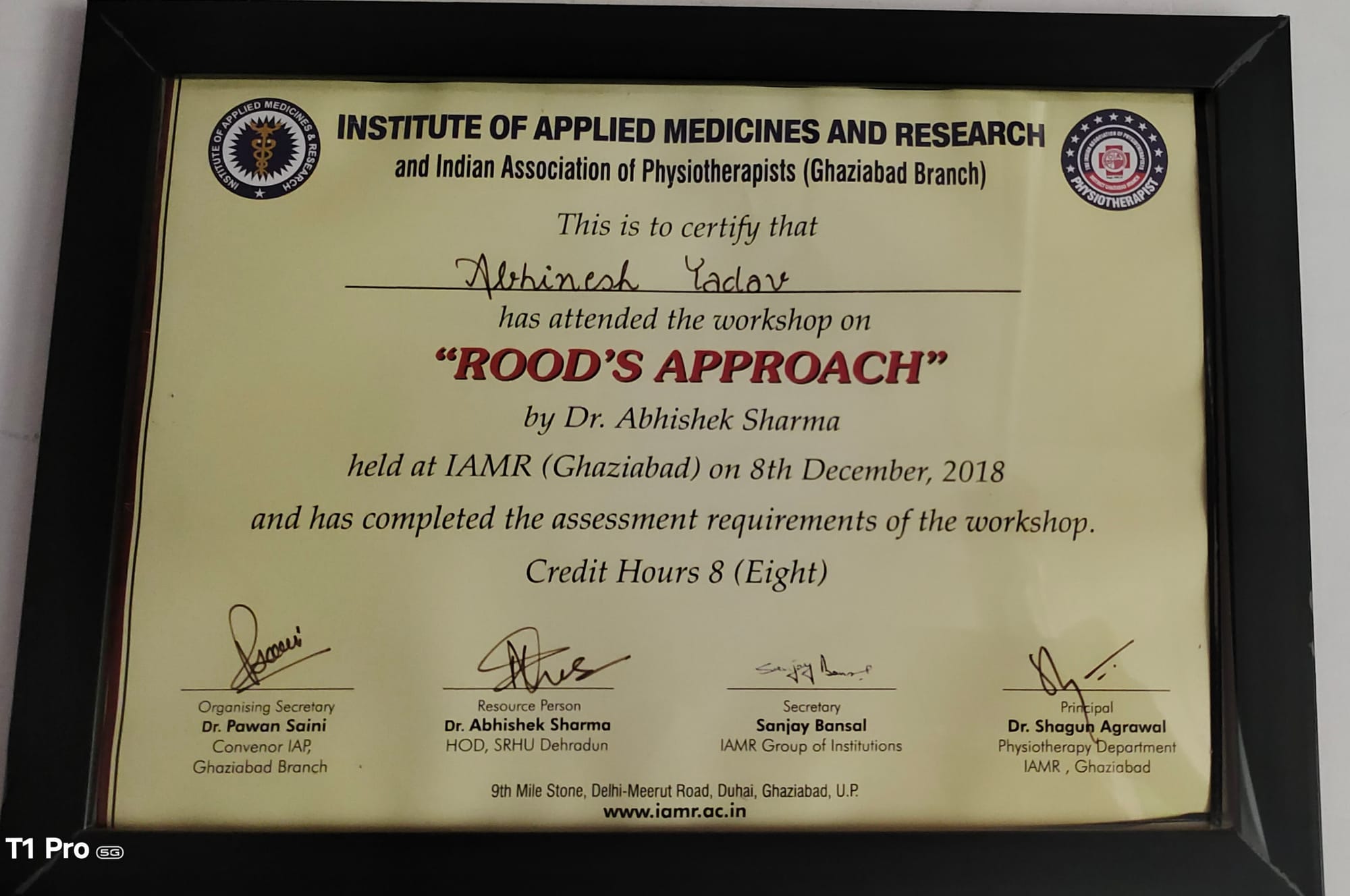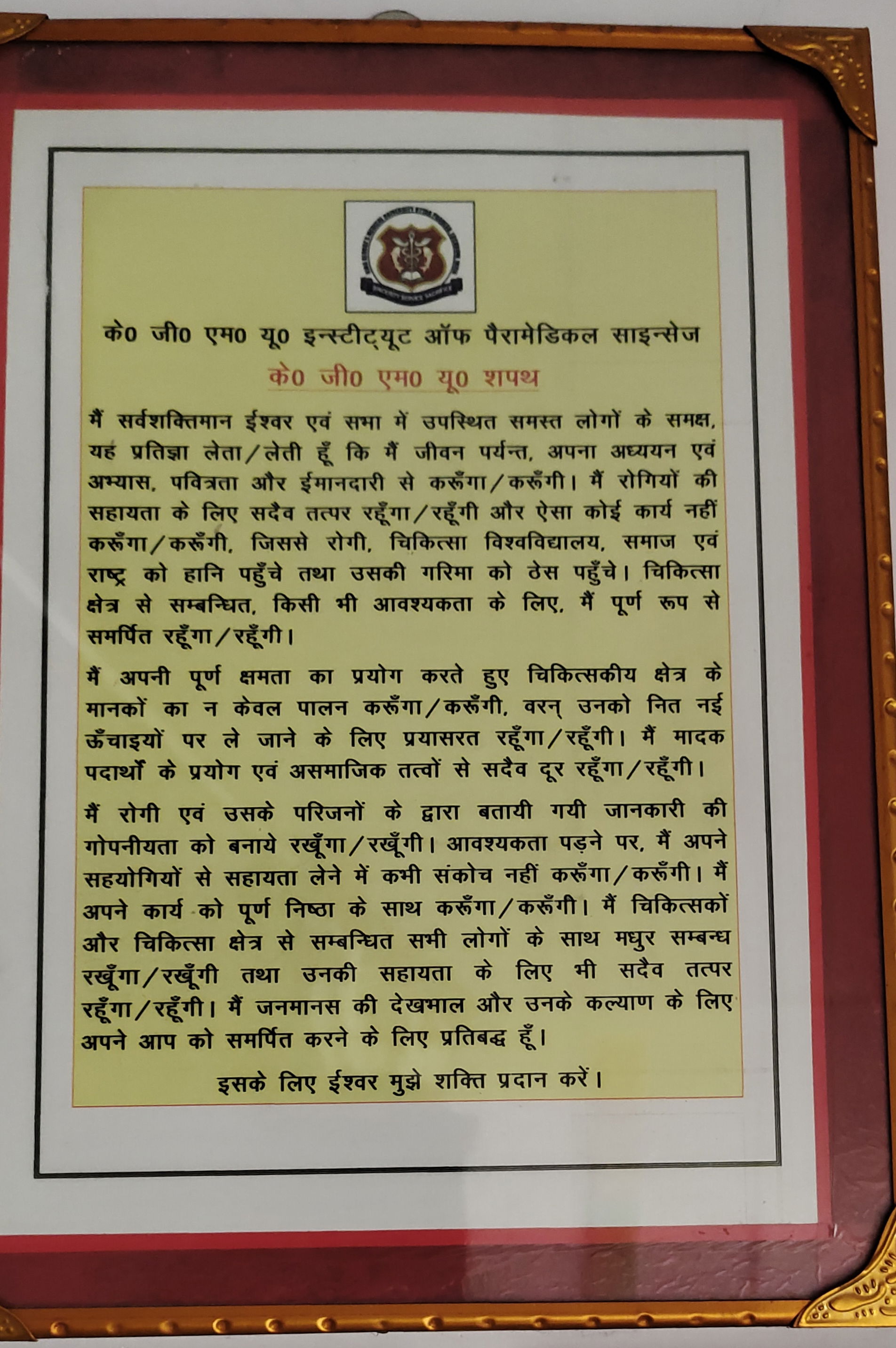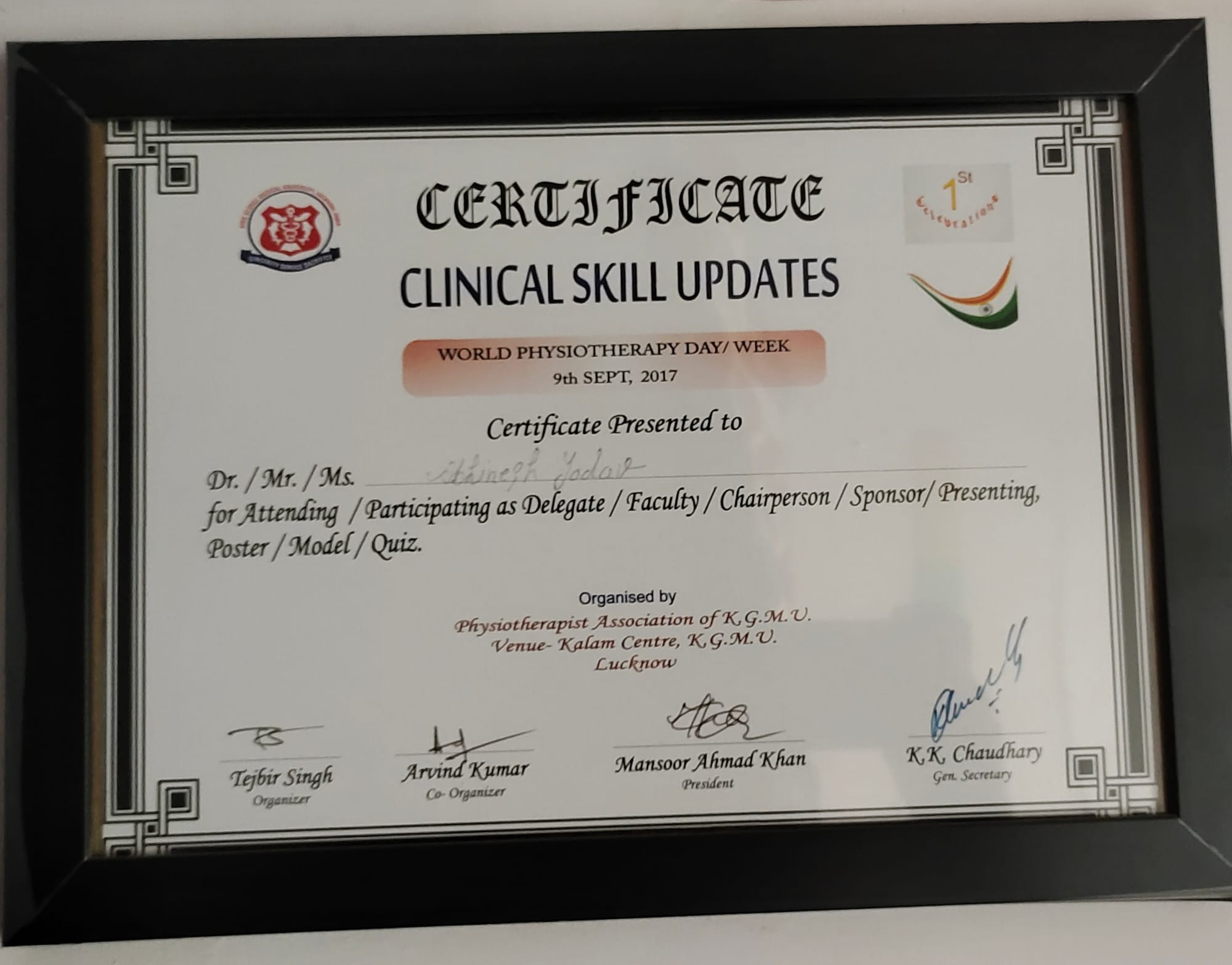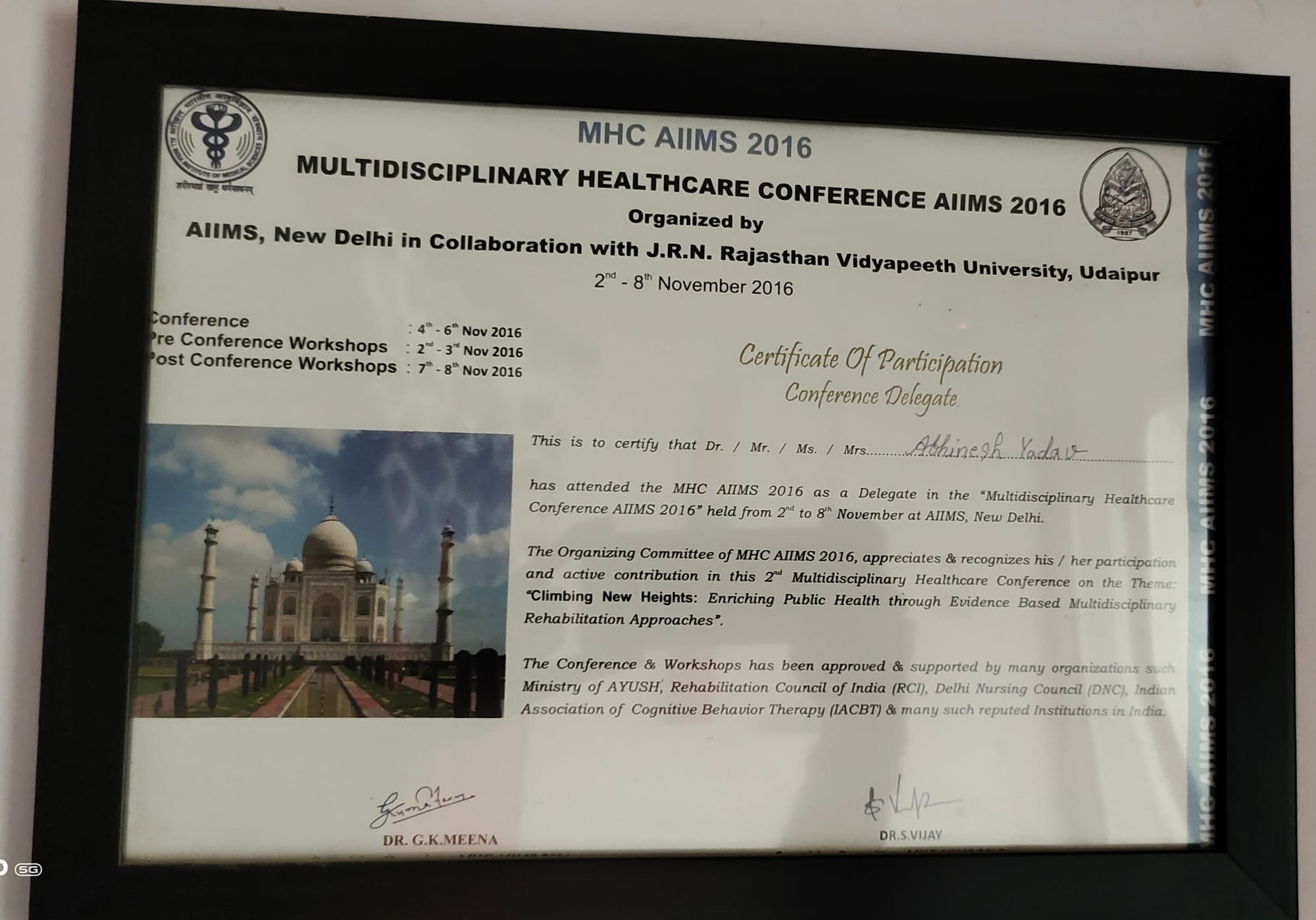Regain Health Physiotherapy
Your health is our priority
Services
Sports Physiotherapy
Specialized care for athletes to prevent injuries, enhance performance, and ensure a swift return to sport. What is sports physiotherapy? Sports physiotherapy covers a range of services offered by trained physiotherapists to prevent, treat, and rehabilitate sports injuries. Injuries might include: ankle sprain hamstring strain shin splints tennis elbow knee injury As well as treating injuries, a sports physiotherapist can offer: advice on how to prevent future injuries exercises to improve your core stability as a base for good mobility sports massage therapy to speed up recovery after exercise, or help you mentally prepare for sporting activities screening for particular sports, such as cycling or golf, to assess any limiting factors in your performance and recommend a progressive exercise program to improve your abilities Sports physiotherapists works in a variety of settings, from private services offered to individual athletes and teams to dedicated sports clinics. Who can benefit from sports physiotherapy? Anyone who participates in a sport, at whatever level, can benefit from sports physiotherapy. Even patients who do not have a sports injury can benefit from a physiotherapists’ advice to prevent future injury, as well as advice on improving mobility to enhance performance. In some cases, you might have an existing mobility problem, or an injury related to sport. While a physiotherapist may be able to help you achieve goals in daily life, a sports physiotherapist can look specifically at how to continue participating in the sports you enjoy as best as you can.
Exercise Rehabilitation
Customized exercise programs designed to strengthen muscles, improve flexibility, and enhance overall physical performance. Introduction- The primary goals are to help you recover faster, prevent re-injury and develop resilience. We want to get you back in the game. Rehabilitation exercise aims to bring back full function following injury through restoring muscle strength, endurance, power, and improving flexibility. Our therapists achieve these results by carefully selecting and planning various exercises and drills for each client. Rehabilitation is as important as treatment following any injury but is often forgotten. It is really important to understand that injuries will improve and heal more successfully if an exercise plan is followed. However, every person responds differently and healing times will vary. The main thing to remember is that prevention is better than cure and a good, well thought out rehabilitation plan will help keep injuries at bay How does exercise rehabilitation work? Rehabilitation exercises should begin as soon as possible after the acute phase which is typically around 72 hours. Exercises should be pain free with a few rare exceptions. There are three different stages within rehabilitation that are important to stick to if returning to pain-free daily life and/or sporting activities: Early stage rehabilitation: gentle exercise allowing for the damaged tissue to heal. Mid stage rehabilitation: progressive loading to the muscles, tendons, bones or ligaments. This develops tensile strength producing a healed tissue that will be able to withstand the stresses and strains of everyday life and exercise. Late stage rehabilitation: functional exercises and drills to improve your strength, flexibility and stamina, and to stress the new tissues to ensure the body is ready for pain-free daily movement and exercise. Combining sports massage and rehabilitation following an injury is a fantastic way to get back to fitness quickly and to prevent further injuries from happening. Each of our therapists can put together a personalised plan for you to complete either on your own or with your therapist. Programs are adapted at every stage of your recovery to suit you. Benefits of exercise rehabilitation Benefits include; faster recovery reduced pain restoring muscle strength, endurance and power improving flexibility enhanced proprioception (an essential part of our bodies' ability to move) and improved balance injury prevention creating resilience and reducing chances of re-injury What conditions would benefit from exercise rehabilitation? chronic injuries, such as long term back pain, knee pain, and ankle instability hypermobility injuries not responding to manual treatment, this may be due to weakness in muscles or poor posture Exercise rehabilitation can also help to; support specific sporting goals improve strength and fitness improve posture and flexibility
Manual Therapy
What Is Manual Therapy? Manual Therapy is a special form of physical therapy delivered with hands. It is a method by which physiotherapists can assess and treat their patients with skilled hand movements. The basic aim is to improve tissue extensibility, increase range of motion, induce relaxation, mobilize or manipulate soft tissue and joints, modulate pain, change muscle function, improve movement patterns, and reduce soft tissue swelling, inflammation, or restriction. What Techniques Are Used Under Manual Therapy? Manual Therapy is actually a large Umbrella under which many specific hands-on techniques reside and some of them are: SOFT TISSUE TECHNIQUES: Soft Tissue Mobilization: Soft tissue mobilization works by mobilizing muscles and therefore breaking up scar tissue. The mobilization also helps to remove waste products from the damaged area which increases the speed of the healing process. Soft tissue mobilization helps to release the tension in the muscle which increases the range of motion and flexibility. .Different techniques used by the therapist are sustained pressure, direct oscillations, perpendicular mobilization, and parallel mobilization. Massage: Massage serves the purpose of moving the fluid and if applied cautiously and gently to injured tissue, may assist in preventing adhesions. Tendinous lesions are treated with a gentle dosage applied transverse to the fibers to smooth roughened surfaces or to maintain mobility of the tendon within its sheath. When applied the tendon is kept taut and when treating a muscle lesion, the muscle is usually kept in its shortened position in order not to separate the healing breach. Scar Mobilization: A deep tissue massage breaks up the adhesions and the collagen fibers that are limiting your movement. Adhesions are broken down within deep tissue. Massage techniques used are friction massage, acupressure, and trigger point. Myofascial Release ( MRT): Myofascial release, a hands-on technique that applies prolonged light pressure with specific directions into the fascia system, may be used as an adjunct to almost any treatment prescribed for the patient. The treatment is aimed at the fascia which is a tough connective tissue that has an elastic component, a collagenous or plastic component, and a matrix or ground substance, which under normal conditions is a gelatin-like substance. Cross-restriction can occur for any number of reasons within the fascia. Strain Counterstrain or (PRT): Also known as positional release technique. It is a gentle technique aimed at relieving musculoskeletal pain and related dysfunction, its action for the treatment moves the patient’s body passively away from the painful and restricted directions of motion. Or passive positioning of the spasmed muscles and joints towards a comfortable position and simultaneously releasing the tissues. Active Release Technique (ART): Manual therapy aims to correct the soft tissue restrictions by breaking down scar tissue and adhesions thus decreasing pain, stiffness muscle, and dysfunction. The patient actively moves the affected structure muscle or ligament while the therapist presses or maintains contact with the injured area. This allows the therapist to feel the structure as it moves under their contact and thus effectively treat those restricted soft tissue structures. Manual Lymph Drainage (MLD): It is a gentle skin stretching massage technique that helps promote the movement of lymphatic fluid out of the swollen limbs or decrease various types of edema. The techniques used are stationary circles, scoop technique, pump technique, and rotatory technique. JOINT TECHNIQUES: Joint Mobilization: Passive traction or gliding movements applied to joint surfaces that maintain or restore the joint play (distraction, sliding, compression, rolling, and spinning) normally allowed by the capsule so that normal roll-slide joint mechanics can occur as a person moves. Joint Manipulation/Thrust/Mobilization: Passive skilled manual therapy techniques applied to joints and related soft tissues at varying speeds and amplitudes using physiologic or accessory motions, for therapeutic purposes. Muscle Energy Techniques: Muscle Energy Technique (MET) is a form of manual therapy that uses the muscle’s own energy in the form of gentle isometric contractions to relax the muscles via autogenic or reciprocal inhibition and lengthen the muscle. Types of contractions used in MET are isometric contraction- hypertonic shortened muscle, isotonic contraction- inhibited weakened muscle, concentric contraction- mobilizes joint against its motion barriers, eccentric contraction- isolytic contraction- fibrosed muscles. Traction: The process of drawing or pulling. Traction is a manual technique designed to reduce the pressure on the affected area, thus reducing pain. What Conditions Can Be Treated With Manual Therapy? There are various types of injuries or problems that can be treated with manual therapy. Some of them are: Neck Pain: Disc Pathology, Muscle spasm, Post-Surgical neck pain, Rib hypomobility. Lower Back Pain: Disc Pathology, Post-Surgical Back Pain, Spinal Stenosis. Thoracic Spine or Mid-Back Spine Headaches / Migraines Hip Pain: Hip impingement, Myofascial hip pain, Hip Bursitis, Post-Surgical Hip replacements. Knee Pain: Total Knee Replacements, IT band Tendonitis. Ankle Pain: Ankle Sprains, Chronic Ankle pain, Ankle Arthritis, Post-Surgical Ankle Pain Shoulder Pain: Frozen Shoulder, Impingement Syndrome, Post-Surgical Shoulder, Rotator cuff syndrome. Trigger points In Muscles. Ankle pain: Ankle sprain, Fused joints. Wrist pain: Wrist pathologies. Elbow pain: Tennis elbow, Golfers elbow. Temporomandibular joint Dysfunction Fibromyalgia
Cupping Therapy
Cupping is an alternative therapy that involves suctioning the skin with glass, plastic, or silicone cups. It may help improve blood flow, boost immune function, remove toxins, and reduce pain. Have you noticed more and more celebrities showing up to events with little round marks on their backs? These come from cupping therapy. But what is it? Cupping is a type of alternative therapy that involves placing cups on the skin to create suction. This suction is thought to improve the flow of energy in the body and facilitate healing. One of the oldest medical texts to mention cupping therapy is Eber’s papyrus (1550 B.C.) from Ancient Egypt, though cupping is a part of many ancient healing systems, including Chinese, Unani, traditional Korean, and Tibetan. Greek physician Hippocrates, often referred to as the “father” of medicine, even compiled descriptions of cupping techniques. These days, cupping therapy is usually found as a treatment offered by practitioners of Traditional Chinese Medicine. Proponents believe the suction helps facilitate the flow of “qi” in the body. Qi is a Chinese word meaning life force. Many believe that cupping helps balance yin and yang, or the negative and positive, within the body. Restoring balance between these two extremes is thought to help with the body’s resistance to pathogens as well as its ability to increase blood flow and reduce pain. Cupping increases blood circulation to the area where the cups are placed. This may relieve muscle tension, which can improve overall blood flow and promote cell repair. It may also help form new connective tissues and create new blood vessels in the tissue. People use cupping to complement their care for a host of symptoms and conditions. Is it scientifically proven? There is a growing body of research digging into how and why cupping may work. A 2018 review of studies noted that cupping therapy has reported benefits for a variety of conditions that can be categorized as either localized or systematic diseases. Cupping is thought to alleviate symptoms by promoting peripheral (close to the skin) blood circulation and improving immunity. According to the 2018 review, the effects of cupping therapy include: promoting the skin’s blood flow changing the skin’s biomechanical properties increasing pain thresholds improving local anaerobic (without oxygen) metabolism reducing inflammation boosting cellular immunity
Contact
- Regain Health Physiotherapy Clinic
- Pin code 272001
 +undefined-7905247505 - REGAIN HEALTH PHYSIOTHERAPY
+undefined-7905247505 - REGAIN HEALTH PHYSIOTHERAPY - regainhealthclinic@gmail.com
- Tuesday To Sunday- 10:00 am -08:00 pm Monday -Close
File Manager
Booklet
About Physiotherapy
